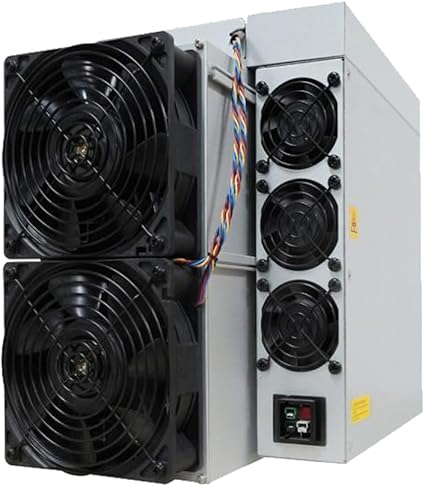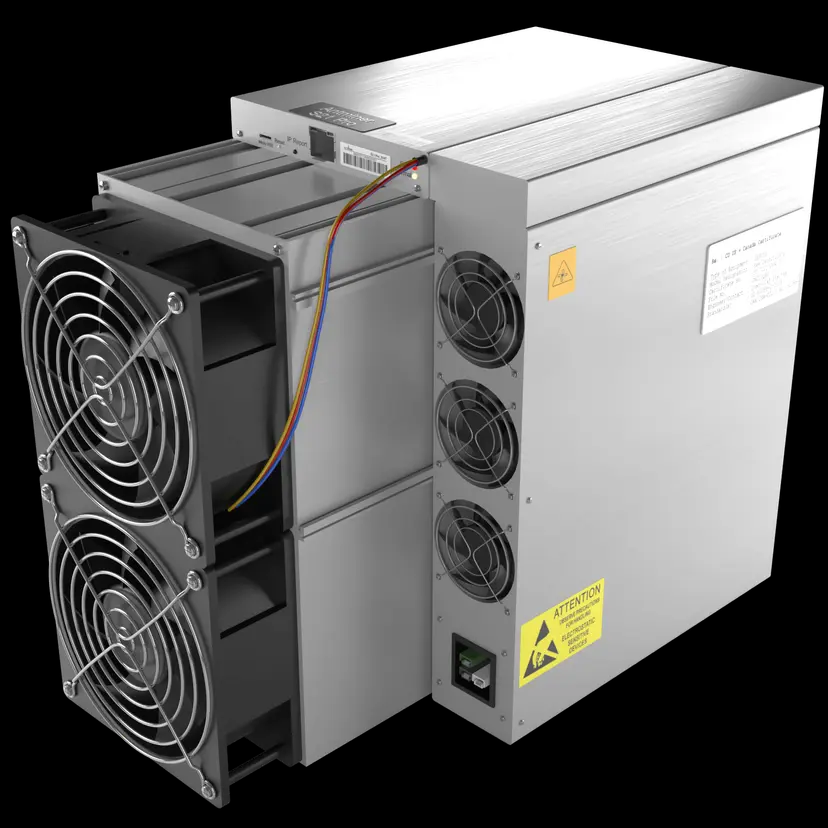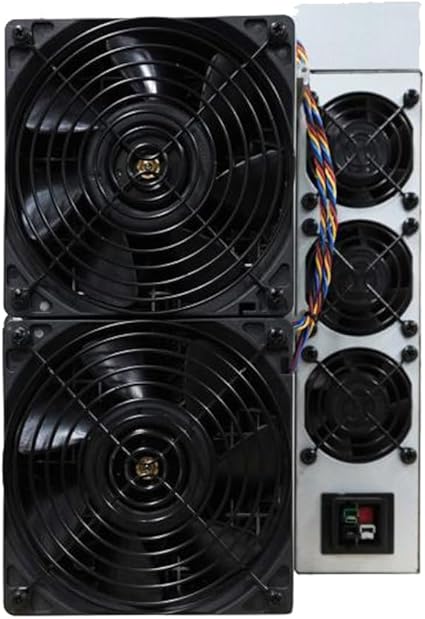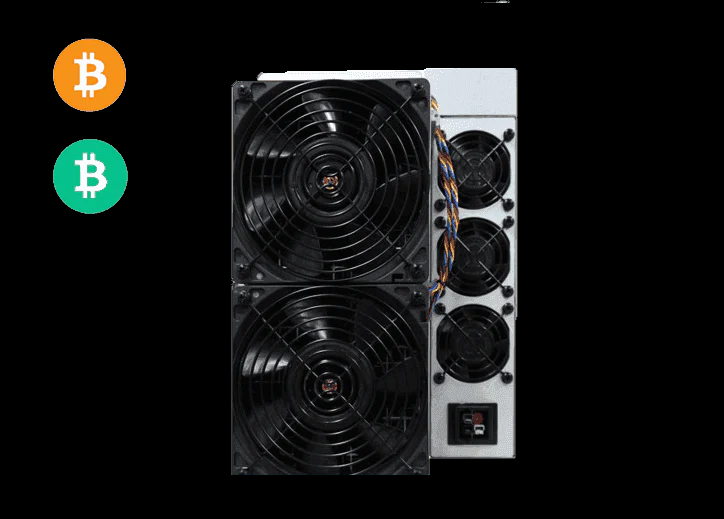How to Troubleshoot Common Antminer S21+ Hydro Issues?
The Antminer S21+ Hydro is a cutting-edge Bitcoin mining machine that combines high performance with innovative liquid cooling technology. With an impressive hashrate of 319 TH/s and advanced thermal management, it’s a top choice for professional mining operations. However, like any sophisticated piece of equipment, the S21+ Hydro can encounter operational issues. In this article, we’ll explore common problems miners face with the S21+ Hydro and provide practical troubleshooting steps to keep your mining operation running smoothly.
Understanding the Antminer S21+ Hydro
Before diving into troubleshooting, it’s essential to understand the key features of the Antminer S21+ Hydro that make it stand out:
- High Performance: With a hashrate of 319 TH/s, the S21+ Hydro is one of the most powerful ASIC miners on the market.
- Liquid Cooling System: The hydro cooling technology ensures optimal operating temperatures (10°C to 45°C) and reduces noise levels to just 50dB.
- Energy Efficiency: Despite its high performance, the miner consumes only 4785W, making it one of the most energy-efficient options available.
- Compact Design: Its small footprint (339 x 163 x 207mm) and modular design make it easy to install and maintain.
While these features contribute to its reliability, occasional issues can arise due to environmental factors, hardware malfunctions, or configuration errors. Let’s explore how to address these challenges.
Common Issues and Troubleshooting Steps
1. Overheating or Cooling System Malfunction
Symptoms:

- The miner shuts down unexpectedly.
- High temperature warnings appear on the dashboard.
- The cooling system is noisy or not functioning properly.
Troubleshooting Steps:

- Check Coolant Levels: Ensure the liquid cooling system has sufficient coolant. Low coolant levels can lead to overheating.
- Inspect Cooling Fans: Verify that the fans are working correctly and free of dust or debris. Clean them if necessary.
- Monitor Ambient Temperature: Ensure the mining environment stays within the recommended range (10°C to 45°C). Excessive ambient heat can strain the cooling system.
- Inspect for Leaks: Look for any signs of coolant leakage in the tubing or connections.
Preventive Measures: Regularly clean the cooling system and monitor coolant levels. Ensure proper ventilation in the mining facility to reduce the load on the cooling system.
2. Hashrate Drops or Inconsistent Performance
Symptoms:
- The hashrate drops below the expected 319 TH/s.
- Mining efficiency decreases, leading to lower profitability.
Troubleshooting Steps:
- Check Power Supply: Ensure the power supply is stable and meets the miner’s requirements (4785W). Voltage fluctuations can impact performance.
- Inspect Network Connection: A weak or unstable Ethernet connection can cause hashrate drops. Use a high-quality cable and ensure the network is reliable.
- Update Firmware: Outdated firmware can lead to performance issues. Check for updates on the Bitmain website and install the latest version.
- Monitor Hardware Health: Use the miner’s dashboard to check for hardware errors or malfunctions. Replace faulty components if necessary.
Preventive Measures: Regularly update firmware and monitor hardware health. Use a dedicated power supply and network connection to minimize disruptions.
3. Noise or Vibration from the Miner
Symptoms:

- Unusual noises or vibrations during operation.
- The miner feels unstable or shakes excessively.
Troubleshooting Steps:
- Check Mounting Stability: Ensure the miner is securely mounted and placed on a stable surface. Loose mounting can cause vibrations.
- Inspect Cooling Fans: Noisy fans may indicate dust buildup or mechanical issues. Clean or replace the fans as needed.
- Examine Internal Components: Loose screws or components inside the miner can cause vibrations. Open the unit and tighten any loose parts.
Preventive Measures: Regularly inspect the miner’s physical condition and ensure it’s properly mounted. Keep the cooling system clean to prevent noise issues.
4. Connectivity Issues
Symptoms:
- The miner fails to connect to the mining pool.
- Frequent disconnections or inability to access the dashboard.
Troubleshooting Steps:
- Check Network Settings: Verify that the miner’s IP address, gateway, and DNS settings are correctly configured.
- Test Ethernet Cable: Replace the Ethernet cable to rule out connectivity issues.
- Restart the Miner: Sometimes, a simple restart can resolve connectivity problems.
- Check Firewall Settings: Ensure the firewall isn’t blocking the miner’s connection to the mining pool.
Preventive Measures: Use high-quality networking equipment and regularly check network settings. Maintain a stable internet connection for uninterrupted mining.

5. Power Supply Problems
Symptoms:
- The miner fails to power on.
- Frequent shutdowns or reboots.
Troubleshooting Steps:
- Check Power Cable: Ensure the power cable is securely connected and undamaged.
- Verify Power Source: Test the power outlet to ensure it’s providing the correct voltage.
- Inspect Power Supply Unit (PSU): If using an external PSU, ensure it’s compatible with the miner’s power requirements.
- Monitor Power Consumption: Excessive power draw can trip circuit breakers. Ensure the electrical system can handle the miner’s load.
Preventive Measures: Use a dedicated power supply and regularly inspect cables and connections. Ensure the electrical infrastructure supports the miner’s power needs.
6. Dashboard or Software Errors
Symptoms:
- Unable to access the miner’s dashboard.
- Error messages or unresponsive software.
Troubleshooting Steps:
- Restart the Miner: A reboot can often resolve software glitches.
- Clear Browser Cache: If accessing the dashboard via a browser, clear the cache and try again.
- Reset to Factory Settings: As a last resort, reset the miner to factory settings and reconfigure it.
- Contact Support: If the issue persists, reach out to Bitmain’s technical support for assistance.
Preventive Measures: Regularly update the miner’s software and avoid making unnecessary changes to the configuration.
Maximizing the Lifespan of Your Antminer S21+ Hydro
To ensure your Antminer S21+ Hydro operates at peak performance for years to come, follow these best practices:
- Regular Maintenance: Clean the cooling system, inspect hardware, and replace worn-out components.
- Optimal Environment: Maintain a cool, dry, and well-ventilated mining environment.
- Firmware Updates: Stay up-to-date with the latest firmware releases from Bitmain.
- Professional Support: Partner with authorized service providers like Minerfixes for maintenance and repairs.
Conclusion
The Antminer S21+ Hydro is a powerful and efficient Bitcoin mining machine, but like any complex equipment, it requires proper care and maintenance. By understanding common issues and following the troubleshooting steps outlined above, you can minimize downtime and maximize your mining profitability. With its advanced features and robust design, the S21+ Hydro remains a top choice for professional miners seeking to stay ahead in the competitive world of cryptocurrency mining.